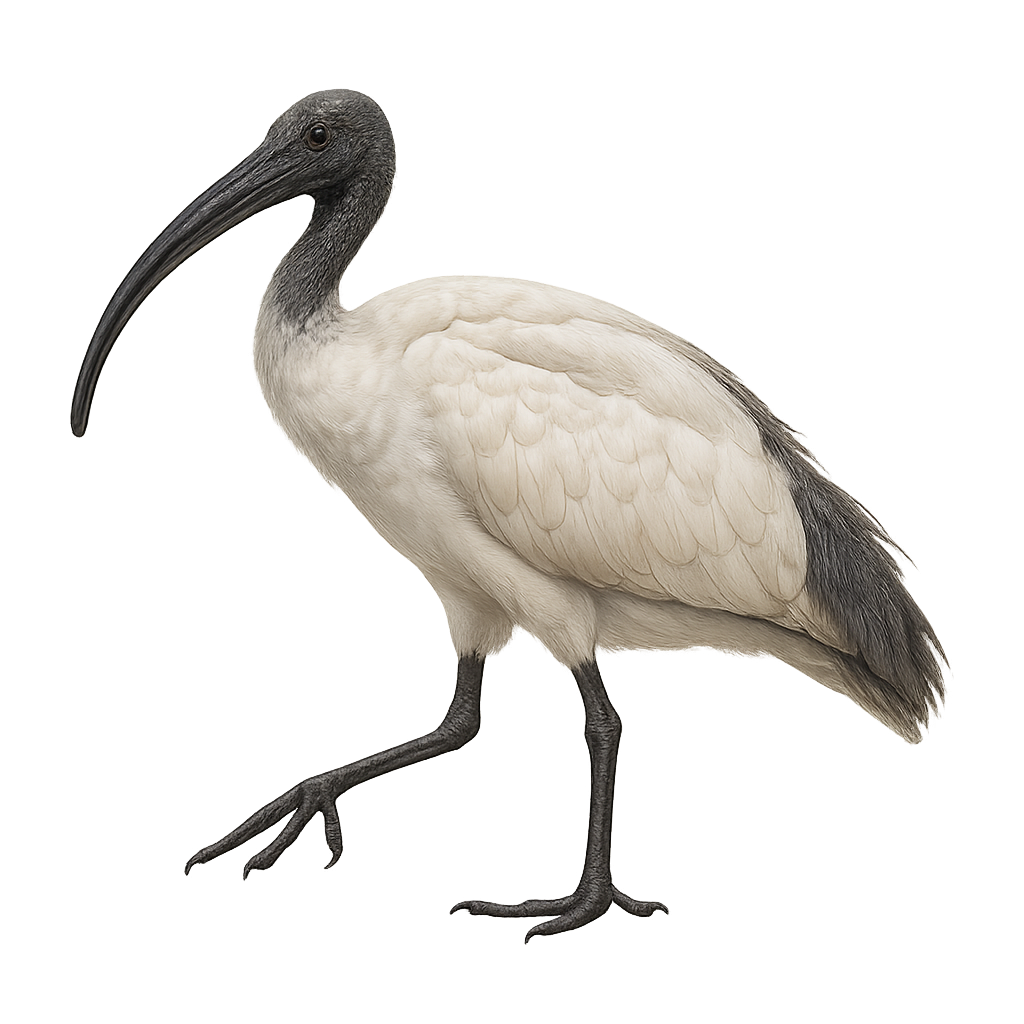Your wildlife photography guide.
Explore the black-headed ibis in detail, study its behavior, prepare your shots.
Where to observe and photograph the black-headed ibis in the wild
Learn where and when to spot the black-headed ibis in the wild, how to identify the species based on distinctive features, and what natural environments it inhabits. The WildlifePhotographer app offers tailored photography tips that reflect the black-headed ibis’s behavior, helping you capture better wildlife images. Explore the full species profile for key information including description, habitat, active periods, and approach techniques.
Black-headed Ibis
Scientific name: Threskiornis melanocephalus

IUCN Status: Near Threatened
Family: THRESKIORNITHIDAE
Group: Birds
Sensitivity to human approach: Suspicious
Minimum approach distance: 10 m
Courtship display: June to August
Incubation: 25-28 jours
Hatchings: June to September
Habitat:
Wetlands, marshes, rice paddies
Activity period :
Primarily active during the day, with peak activity in the morning and late afternoon.
Identification and description:
The Black-headed Ibis, Threskiornis melanocephalus, is an elegant and distinctive bird, easily recognizable by its black head and neck contrasting with its white plumage. This bird, belonging to the Threskiornithidae family, is often found in the wetlands of South and Southeast Asia, where it primarily feeds on small invertebrates, fish, and crustaceans. Measuring about 65 to 75 cm in length, it has a long, curved bill ideal for probing in the mud. Although its conservation status is currently "near threatened," monitoring its populations is crucial due to the ongoing degradation of its natural habitat. The Black-headed Ibis is a gregarious bird, often seen in groups, making it fascinating to observe for birdwatchers and nature enthusiasts.
Recommended lens:
400mm – adjust based on distance, desired framing (portrait or habitat), and approach conditions.
Photography tips:
To photograph the Black-headed Ibis, it is advisable to use a telephoto lens of at least 400mm to capture detailed images without disturbing the bird. The best opportunities often arise early in the morning or late in the afternoon when the light is soft and the bird's activity is at its peak. Look for wetlands or rice paddies, where these birds often gather in groups. Be patient and discreet to avoid scaring them away. Use a tripod to stabilize your camera and achieve sharp images.
The WildlifePhotographer App is coming soon!
Be the first to explore the best nature spots, track rutting seasons, log your observations, and observe more wildlife.
Already 1 431 wildlife lovers subscribed worldwide

